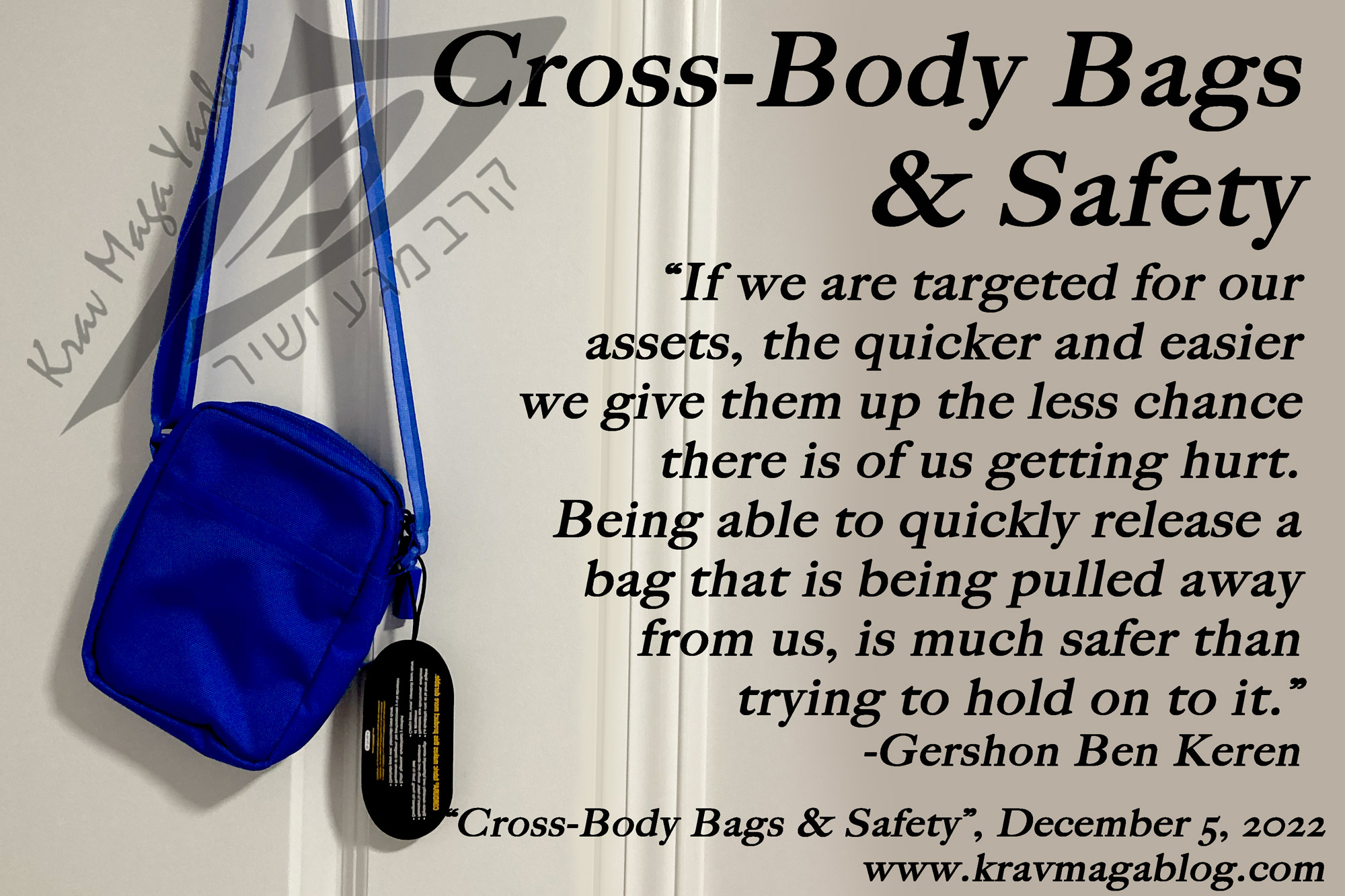Author: Gershon Ben Keren

On October 12th, 2000, a small boat approached the USS Cole, which was anchored in the port of Aden (Yemen) as part of a routine fuel stop. As it approached the port side, the two men navigating it smiled and saluted to some of the sailors on board. It was interpreted as a friendly gesture. Once it was close enough, the two suicide bombers detonated the explosives that the boat was carrying, ripping a 40-foot wide hole in the Cole’s hull, close to the waterline. The blast killed 17 service men and injured 40 other crew members. It was calculated that the boat had somewhere between 400 to 700 pounds of C4 explosives that had been shaped to maximize the blast. Al-Qaeda claimed responsibility. It was discovered that a similar attack had been attempted against the destroyer USS The Sullivans in January of the same year. However, the boat being used to transport the explosives sank before it could reach its target. Both ships had been designed to counter attacks from the air and at sea e.g., other ships and submarines etc., but had no defenses against such acts of terrorism. Both had been built as a show of force and dominance, that would deter other countries from challenging the US at sea, in a conventional conflict. Neither was developed and built anticipating being the target of terrorism and suicide bombings by boat specifically. In this article I want to look at how we sometimes get deterrence wrong and misidentify the nature of the threats we face. It may be that because we strongly believe we are not a target due to some of the things we do, that we may develop blind spots/vulnerabilities that threats can exploit.
I have written before (probably more than necessary) of my hate for safety lists, and top ten things to do etc., concerning personal safety and self-defense. Reducing a complex subject such as violence, which comes in multiple forms, and targets audiences differently, to a few simple do’s and don’ts is extremely misleading, and to quote that lazy, over-used phrase that plagues social media, “a good way to get yourself killed”. A top-ten tip on a safety list, such as, “Don’t walk down dark alleys”, probably isn’t even on the top-ten of safety considerations, of someone who experiences intimate partner violence (IPV) on a regular basis. That person will have developed their own list of safety measures and precautions, which will never make it into a magazine. This doesn’t mean that the “Don’t walk down dark alleys” safety precaution isn’t valid, but placing it on a top-ten list at number five, suggests that it has priority over other security measures, and this can be misleading e.g., a person who follows the top eight or ten tips religiously may come to believe that they will never be selected as a target etc., and so think that they have their personal safety bases covered.
One such tip that often makes its way onto these lists, is to always make sure when you’re carrying a bag, to have the strap go across your body. The belief being that this deters offenders who commit street robberies from targeting you i.e., because it is going to take them longer to relieve you of it, and you have a better chance of holding on to it, they will ignore you in favor of someone else. This may lead people to believe that one of the safest types of bags to use/carry, are cross-body bags, and the closer they can wrap around you the better etc. Whilst such bags may have a deterrent effect on one type of offender, such as those who engage in rapid bag snatches, they may not deter others e.g., the pickpocket who slits your backpack open as they stand behind you on an escalator, isn’t going to care how securely your bag is attached/fixed to you. It’s also going to be a hindrance to you if you are targeted for a street robbery, as it will take you longer to remove it; and if your hands are shaking due to the extreme fear you are experiencing you may be encouraged to speed things up, through physical/violent means. If you are targeted it will be more likely because whoever has selected you, has done so because they believe you have things of value on you, rather than because of the type of bag you are carrying. They will have factored in, if they want your bag, the time it will take to acquire it. Those who work bag snatches on motorbikes, or from cars, will likely have a knife to cut the strap should you try and hold on to it, though that may see you dragged behind the vehicle whilst they are in the process of doing so. If we are targeted for our assets, the quicker and easier we give them up the less chance there is of us getting hurt. Being able to quickly release a bag that is being pulled away from us, is much safer than trying to hold on to it.
This doesn’t mean there aren’t precautions we can take to avoid our bags being grabbed, snatched, and taken. One simple measure is when walking in public to have our bag on the side, over the shoulder etc., nearest to the buildings on a sidewalk/pavement and away from the road. If we also walk – where possible – a bit more deeply into the pavement/sidewalk, further away from the road we reduce the chances of having our bags grabbed from those on motorbikes and using other vehicles. If we can also walk on the side of the street, to move in the opposite direction of traffic we will also see those on/in vehicles as they approach us. It is by considering our environment and surroundings and how they can be exploited for crime that we increase our situational awareness and safety, not by blindly following rules.